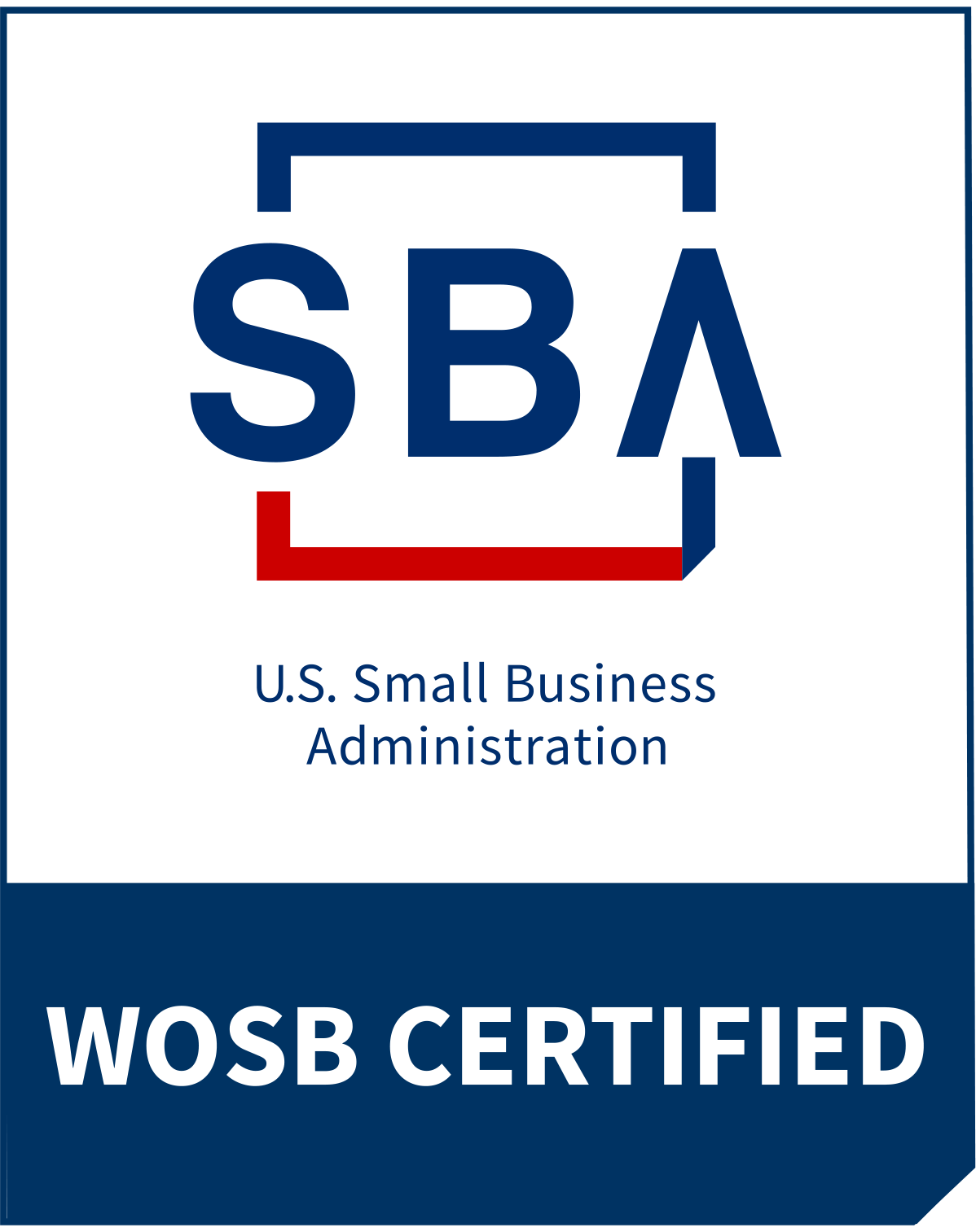The 3 Ways Strategic Plans Fail in the Federal Government, and
What Federal Executives Can Do About It
(by Liz Boyles)
“Strategy execution is the responsibility that makes or breaks executives.”
Alan Branche and Sam Bodley-Scott
One of the issues we see when working with federal clients to develop strategic plans is the struggle leaders face in transitioning their strategic ideas to reality, particularly when it comes to making long-term progress against entrenched challenges. In this article, we explain the three primary ways we’ve seen strategic planning efforts fail and share seven things you can do to optimize your planning endeavors.
1. The Death Spiral
Some plans don’t make it out of the gate. We see this particularly in federal environments that are responsive to unpredictable realities, like weather, war, and shifting political agendas. A strategic planning process is initiated with the best of intentions, but before it has the chance to take hold, it is swept away by urgently changing priorities, quickly becoming irrelevant to the organization’s evolving reality. In these fast-paced environments, it is difficult – if not impossible – for federal executives to choose a direction and move forward. The failure to land and implement a strategic direction causes the organization to spiral out of control as it frantically attempts to keep pace with and manage competing demands without making intentional tradeoffs. Death spiral strategic planning efforts lead to doubt about leadership’s ability to execute on commitments and to misalignment around how the organization can most effectively deliver on its mission.
2. The Slow Fade
Perhaps the most common implementation challenge faced by our federal clients, the slow fade occurs when well-crafted strategies gradually lose their impact over time. Federal executives invest in a strategic plan, often with a lot of enthusiasm and even buy-in, but energy around the plan withers away. Strategies can stall for a variety of reasons, including outside pressure, internal boredom, irrelevance to changing circumstances, overwhelming and competing priorities, and failure to make tough decisions to address systemic challenges. It is very possible that the plan does help the organization make some progress, but it isn’t able to take big strides forward because its momentum and vision lose focus after a few years. One of the impacts of the slow fade is that staff and stakeholders feel untethered to the organization and its future, and they content themselves with the status quo. Organizations that suffer the slow fade tend to be less resilient as they are not actively equipping themselves to address emerging challenges and to engage the people that are key to the organization’s success.
3. The Frontal Assault
Leaders often think that the best way to unify an organization is through strategic planning, but sometimes a lack of unity betrays organizational rifts that a strategic planning effort might struggle to patch. While there is usually some resistance to strategic planning, change management best practices are not always sufficient to address serious opposition. Many strategic plans have died on the floor of implementation because stakeholders, leaders, staff, and/or partners overtly or covertly fought the plan. Lack of alignment about what the future should look like and how priorities should be executed split organizations and choke out any hope of forward progress. In fact, the planning and implementation process may entrench the parties involved and further destabilize the organization. When a strategic plan is attacked, federal executives must discern if the organization can tolerate the planning and implementation process or if the next best step is to step back, attempt to build trust and dialogue, and reassess how to best address the organization’s divisions.
The Solution
So what can federal executives do to avoid these strategy-killing challenges? There is no one-size-fits-all solution, which is why CG Strategy employs a co-creation approach with our clients. We customize our approach with every client so that our methods and tactics fit each organization’s unique needs and circumstances. However, here are a few best practices that we’ve learned over our years of strategy development implementation that might help you navigate these challenges:
- Be thoughtful about how you design and inform the planning process. A strategic planning process that thoughtfully engages all elements of your organization and considers broader environmental trends can get ahead of many of the hurdles that arise in implementation. An intentional planning process can elevate concerns early so that they can be transparently addressed before and during implementation.
- Consider the timing and scope of the planning process. Not every organization is ready or has the capacity for transformative strategic planning at all times. If your organization is newly formed or undergoing a lot of stress, strategic planning can actually divide rather than unite your team. Wait for the right time, and when you do plan, consider a simplified or interim approach until the organization is ready to take on more. A CG Strategy mantra is “just enough structure,” so you might think about how to scope your plan so that it is meaningful but also not overwhelming.
- Regularly revisit your plan. If you are leading an organization that is struggling to adapt to changing needs, employ agile management practices to regularly revisit your plan and encourage your team to address changing circumstances. When you make shifts, be transparent about your decisions and over-communicate them to your staff.
- Leverage metrics and monitoring throughout the implementation process. Data can be your friend! Find some simple metrics that incentivize the behaviors you want to see, and then use those metrics to monitor the effectiveness of your plan. Leverage metrics to communicate with your leaders and staff about the organization’s progress so that everyone is aware of how well the team is executing on the plan.
- Communicate more than you think you need to. Strategic planning is more effective when the individuals responsible for implementation recognize how their work contributes to broader organizational goals and trust that their leaders have their backs as they try new things. Leaders need to map out strategic alignment over and over again, finding innovative ways to bring the plan forward in meetings and communications in order to build trust and understanding across the organization. Our rule of thumb is that if you think you’ve communicated enough, you almost certainly haven’t.
- Make tough choices. Your organization cannot do everything. Find a way to be transparent about tradeoffs, and then make a decision. If you’ve made the wrong one, you can probably course correct down the road, but if you keep asking your workforce to do everything, they are likely to give up, leave, or revolt.
- Foster staff ownership. Don’t let the strategic plan sit in a file on your desktop. Build trust with your staff and engage them in owning parts of the plan and executing its implementation. Make sure that staff’s work on strategic initiatives is incorporated into their performance measures and that implementers have the space, time, and resources they need to be effective.
BONUS TIP: Don’t forget to manage up and out. As a federal executive, you are responsible for actively aligning internal efforts to changing external needs, which means that it is your job to ensure that the organization is optimally positioned to meet the sometimes-conflicting needs of your leadership, partners, and stakeholders. You must sell your plan, the tradeoffs your plan requires, and the impacts of these changes to your leadership and to your customers. Do not forget to actively manage those relationships to win buy-in, obtain additional support, and to hear the critical feedback you need to strengthen your organization’s mission delivery.
Strategic planning is never easy, but at CG Strategy, we embrace the opportunity to help clients navigate these issues. We hope that with the tools we’ve provided here, you are better equipped to recognize and mitigate the challenges of strategy development and implementation so that you can build stronger, more resilient organizations that deliver on their public promises.




